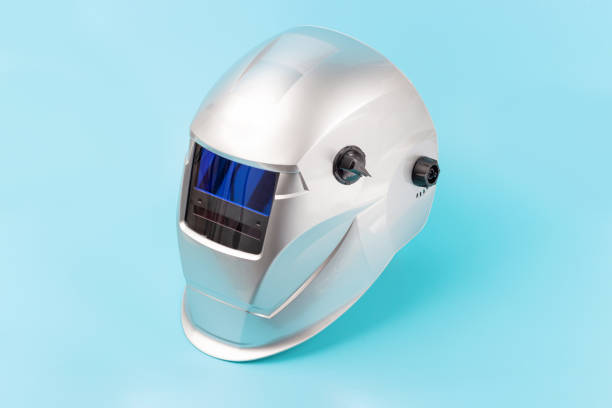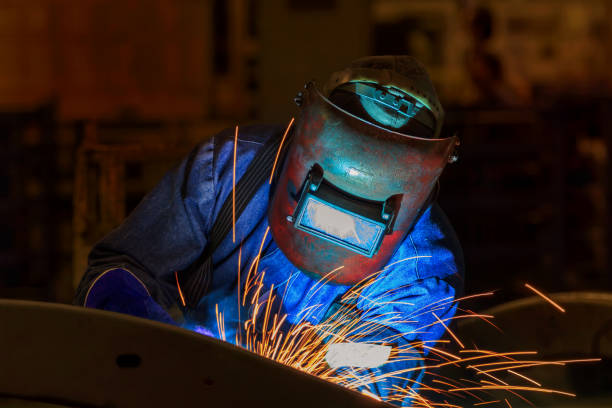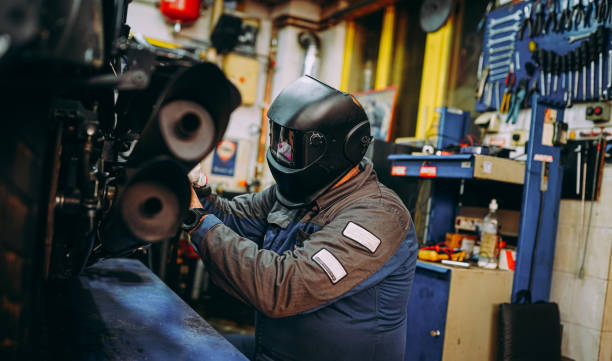Helmets are essential for safety during welding. There are many options on the market and it can be difficult to choose the right one. Keep in mind, however, that not all helmets can be made equal and that different helmets have different functions. It is iTechmportant to consider your needs and environmental requirements when choosing a welding helmet.
Safety and compliance are key characteristics of helmets. The ANSI Z87.1 compliant is required in America. In Canada, however, they must comply with the CSA Z94.3 compliant.
These complaints ensure that the helmet’s lens protects the eyes and keeps dangerous objects from coming into contact with the face. Safety regulations must also be met for other welding equipment. You can click here to see the best welder gear, designed keeping safety in mind.
Before you buy a helmet, there are many other things that you should consider. We have listed a few to make it easier for you to make an informed purchase.
Performance of the Lenses: Auto-Darkening Lenses
Auto-darkening lenses can change the shade to suit different needs, just like the name implies. A welder can adjust the brightness of their helmet to make it easier to see what they are doing.
These sensors are used to detect the welder when it strikes an arc. They also darken the lens to a higher level based upon the process. A lens with auto-darkening is a lens that does not require the helmet to be turned after hitting the arc. These helmets are comfortable and provide better results. The lens with auto-darkening is slightly more expensive than other options.
An auto-darkening lens will make it more difficult for a welder to use the other lenses once they have started their work. There are many options for auto-darkening lens colors and sensor options. The more sensors and shades a helmet has, the easier it is for the welders to do a wider range of work.
Colour Technology
Optics technology has seen the development of auto-darkening lens that allow light from a wide spectrum to pass through a filter. This technology is also known as “true colour” technology.
Ask the seller before you buy your helmet about the condition that this feature is present. Manufacturers may highlight the “true color” technology when it is inactive. This happens when the sensors are unable to detect an arc. It is easy to see through the auto-darkening shade when it is inactive. It is usually a #4 or 3. True color is possible with the auto-darkening feature. It can be transitioned anywhere between 8 to 13.
True-color technology allows you to distinguish between red and orange colors. Old technology helmets have high levels of color saturation. This makes it more difficult to distinguish between different colors. Training time can be reduced with true color technology. This technology also reduces the chance of making small-detailed errors or missing important details. High definition clarity allows welders to avoid potential welding defects.
Welders also wear helmets for long periods of time. This can cause blurry vision and other health issues, such as eye strain and headaches. True color technology offers relief from this problem and displays natural colors with exceptional clarity. This in turn can help to increase your productivity.
Light Weight
There is a common belief that welding helmets are too heavy and make it difficult to work. In recent years, the industry has been pushing the idea of reducing the size and comfort of the helmets to increase productivity and comfort for welding workers. They insist on safety and weight reductions.
The helmet must be worn by a welding operator for at least 6 hours. Lighter helmets reduce strain on the neck, reduce fatigue, and increase comfort while at work.
While you might think that one pound is not enough weight for someone to carry, it is a significant difference when you must wear one pound worth of head gear for an extended period of time. For welding purposes, you should choose a lightweight helmet.
Viewing Size
This is an important aspect to consider when buying a helmet. The viewing area is generally six to nine squares. The viewing area can range from six to nine square inches. inches. The former is for small purposes, while the latter is for industrial use. The viewing size is a major determinant of the cost of the helmet.
To calculate the overall cost of overhead welding, you must consider how much you will be doing. Head gears with larger viewing areas are better for overhead welding because they provide greater control to the welders.




